
CMC rütmilises võimlemises, sertifitseeritud personaalne fitness treener
"Twine" on keha füüsiline asend, kus jalad on ühel joonel ja vastassuunas välja sirutatud. Twine'i sooritatakse erinevatel spordialadel (võimlemine, tants, ballett, võitluskunstid jne) ja see on paljude tüdrukute hellitatud unistus. On olemas kaks põhitüüpi: põiki- ja pikitreening".
Peamised nööritüübid
Põikne nöör
Ristkülikukujuline nööri on nööri, mida Jean-Claude van Damme esitas reklaamis kahe veoauto vahel. Jalad on laiali, moodustades täisnurga. Seda peetakse üheks kõige keerulisemaks viguriks ja paraku ei suuda kõik sellel istuda. Selle põhjuseks on puusaliigeste (TBS) anatoomiline ehitus. Siinkohal peatume üksikasjalikult.
Puusaliigese moodustavad reieluu pea ja puusapõie. Puusaliigese liikuvust ja avanemist mõjutavad puusaliigese puusapõlv, reieluukaela nurk ja reieluupea suurus. Atsetabulumi kuju võib erineda inimeselt inimesele ning paremale ja vasakule puusale.
Reieluukaela kuju on erinev:
- standardne (normaalne) reieluukael moodustab 120-135-kraadise nurga;
- 120-kraadine nurk on varus deformatsioon;
- üle 120-kraadine nurk on valgusdeformatsioon.
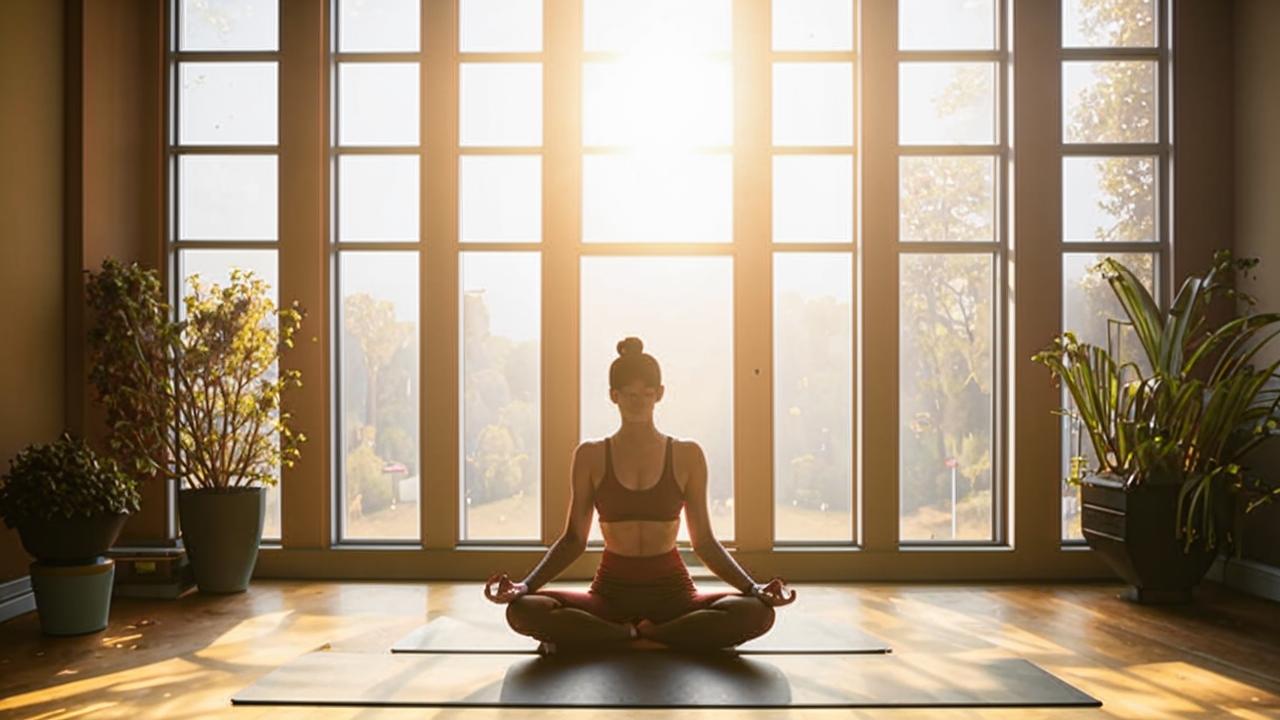
Just varuse deformatsiooni korral tekib raskusi ristlõngaga. Seega, kui teil on eesmärk istuda kogu ulatuses ja te tunnete luustikulist piirangut, ei tohiks te oma keha sundida, see võib põhjustada vigastusi.
Ristküürimiseks ettevalmistamisel keskendutakse eelkõige puusa adductorlihaste elastsuse parandamisele, puusaliigeste mobiliseerimisele ja puusa sirutajate tugevuse parandamisele.
Oluline märkus: paljudes blogides öeldakse, et nööritreening ongi ainult lihaste ja sidemete venitamine. Siiski tasub meeles pidada, et me ei venita sidemeid meelega, sest nende funktsioon ja koostis erineb täielikult lihaskiududest. Sidemed stabiliseerivad liigeseid. Seetõttu soovitame olla ettevaatlik selliste nõuannete suhtes nagu "nüüd venitame põlve all olevaid sidemeid".
Kes on harrastanud rütmilist võimlemist, teab ka sellist varianti nagu "konn". Paljud inimesed alustavad oma teed täisväärtuslikuks põikisammuks just sellega. Põhimõte on sama: jalad on eri suundades laiali, kuid põlveliigestes painutatud - nii on lihaste pinge minimaalne.
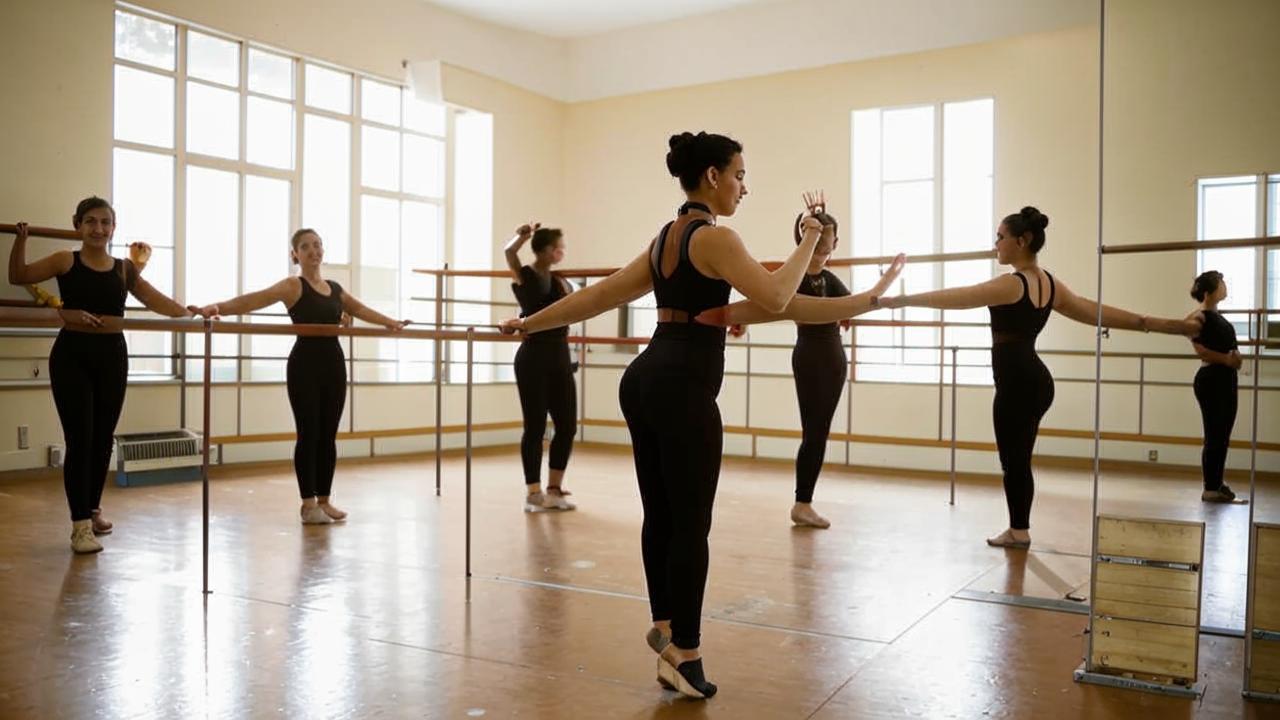
Pikisuunaline nöör
Pikisuunaline nöör on selline nöör, mille puhul üks jalg on suunatud ettepoole, teine taha ja keha on suunatud eesmise jala suunas. Kaal on jaotatud ühtlaselt kahe jala vahel. See tüüp jaguneb kaheks: vasakule ja paremale. Kõik sõltub sellest, kumb jalg on ees. Seda vöörihma peetakse üheks kõige populaarsemaks ja lihtsamaks.
Siin töötatakse biceps femoris, quadriceps femoris, tuharalihased, säärelihased, samuti iliopsoas.
Pikisõnnil on ka kergem variant, poolõng. Seda sooritatakse samamoodi nagu pikisuunalist, ainult et esijalg on põlveliigesest kõverdatud ja raskus kantakse üle esireiele.
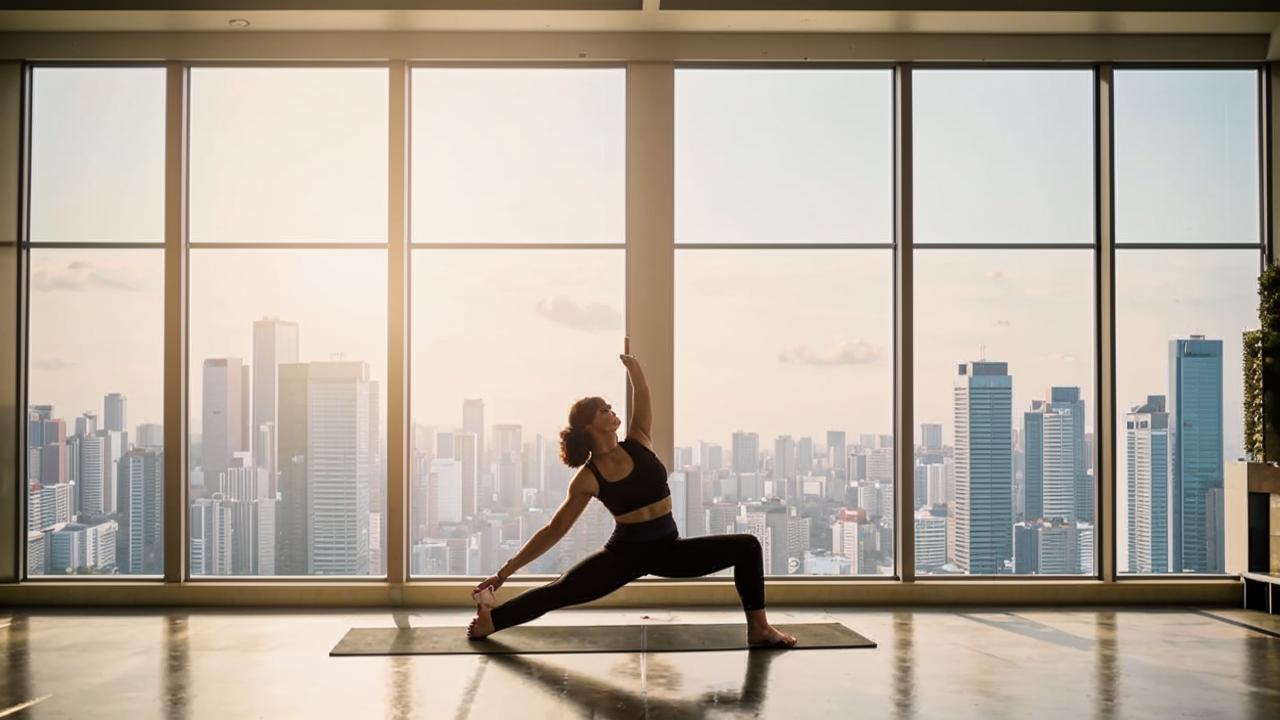
Nööride sordid
Me oleme kaks põhitõmmet lahti võtnud, nüüd liigume edasi variatsioonide juurde. Neid on tegelikult palju ja need sõltuvad sellest, millises suunas te harjutate.
Nii et on olemas:
- Ülepööramine ehk miinus nöör. Kui jalgade vaheline nurk ületab 180 kraadi. See võib olla nii vertikaalne, kui inimene seisab toel ühel jalal, kui ka horisontaalne, kui jalad (eriti jalad) on asetatud toele (tool/võimlemisklotsid jne) ja inimene langeb gravitatsioonijõu mõjul alla, põranda poole.
- Vertikaalne nöör. Seda tehakse ühel jalal seistes.
- Hüppelõngad. Nöör, mida sooritatakse hüppes (on olemas nii põiki- kui ka pikisuunalised).
- Nöörid võitluskunstides ja paljud teised.
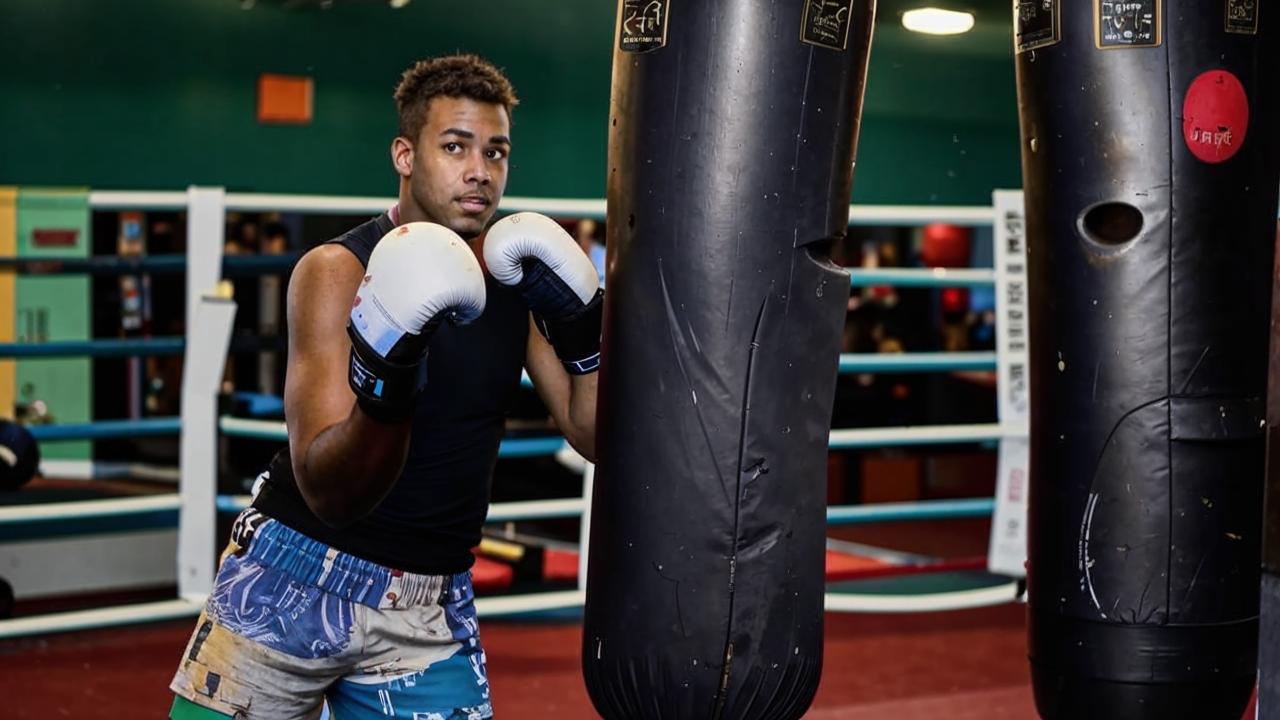
Kasu ja kahju
Interneti avarustes on palju kirjutatud nööride positiivsest mõjust naiste tervisele. Nimelt vereringe normaliseerimisest vaagnaelundites, painduvuse ja lihasjõu parandamisest, luu- ja lihaskonna tugevdamisest ja paljust muustki. Kuid mitte niimoodi ei mõjuta nöör ise ja puuduvad uuringud, mis seda kinnitaksid. Kuid sellise elemendi ettevalmistamisel võib olla positiivne mõju.
Üldiselt on igasugune mõistlik füüsiline tegevus (me ei võta arvesse professionaalset sporti) soodsalt mõjub inimese füüsilisele ja vaimsele tervisele.
Mis puutub kahju, siis loomulikult on võimalik oht, et tekivad mitmesugused vigastused. Nööride ebaõige sooritamine või soov ületada oma füüsilisi võimeid võib põhjustada nihestusi, venitusi, rebendeid, samuti liigeste, eriti puusaliigeste kahjustusi.
Vastunäidustuste hulka kuuluvad ka:
- Vigastus ja taastusravi.
- Liigeseprobleemid.
- Rasedus (pärast arstiga konsulteerimist).
- Seljaaju probleemid.
- Kõrge vererõhk.
- Äge valu ja ebamugavustunne.
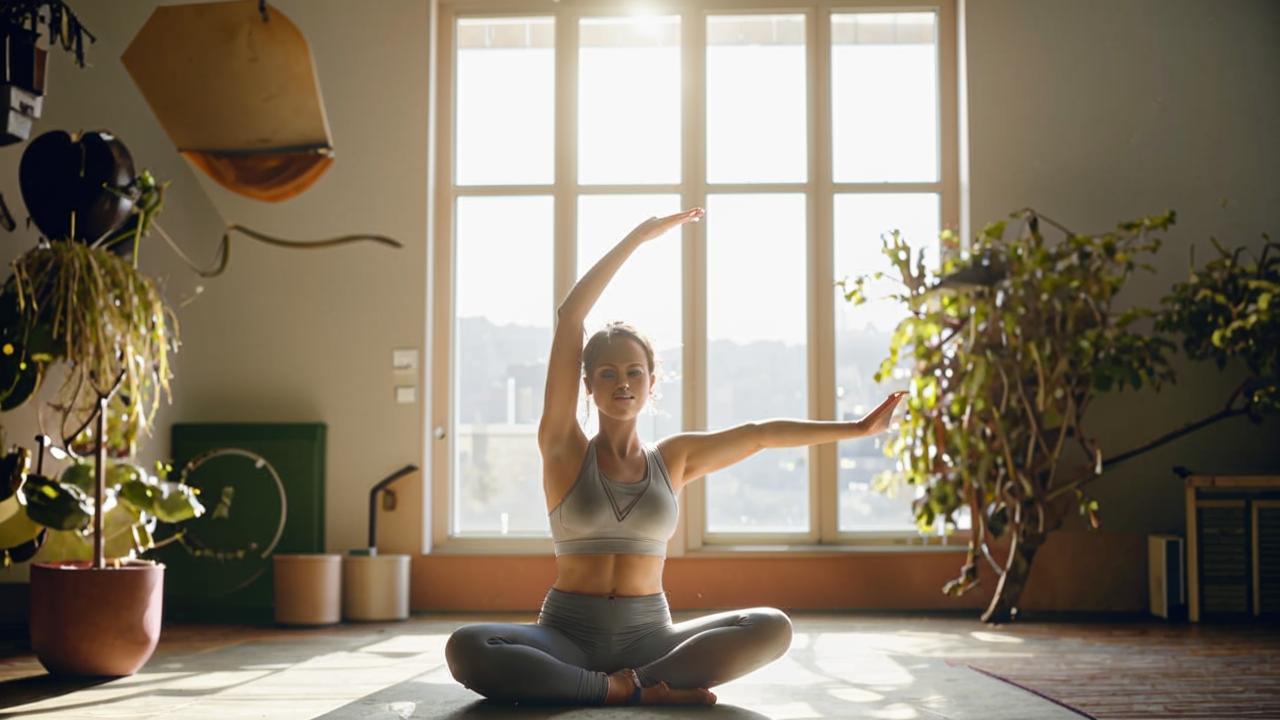
Soovitused
Igaühe jaoks, kes tahab istuda nööril, on oluline meeles pidada, et iga inimene on erinev. Sellest tulenevalt on eesmärgi saavutamise tähtajad igaühe jaoks erinevad: keegi vajab kolme nädalat ja keegi - kaks kuud.
- Ärge kiirustage treeningprotsessi raskendama, tehke kõike samm-sammult, ilma oma füüsilisi võimeid ülehindamata. Andke oma kehale aega kohanemiseks.
- Kombineerige staatiline venitus dünaamilise venitusega. Pöörake teisele veidi rohkem tähelepanu.
- Ärge taluge valu, mis tahes toimingud peaksid toimuma mugavas ja toimivas amplituudis ilma teravate valutunneteta.
- Pidage meeles, et igasugune hooletu terav liigutus, milleks keha ei ole valmis, võib põhjustada vigastusi, mis omakorda lükkab soovitud eesmärgi saavutamise edasi.
- Kuulake kindlasti oma keha ja ärge ignoreerige ühtegi hoiatusmärki.
- Olge korrapärane: paindlikkuse parandamine ja säilitamine nõuab järjepidevust - nagu hammaste pesemine.






